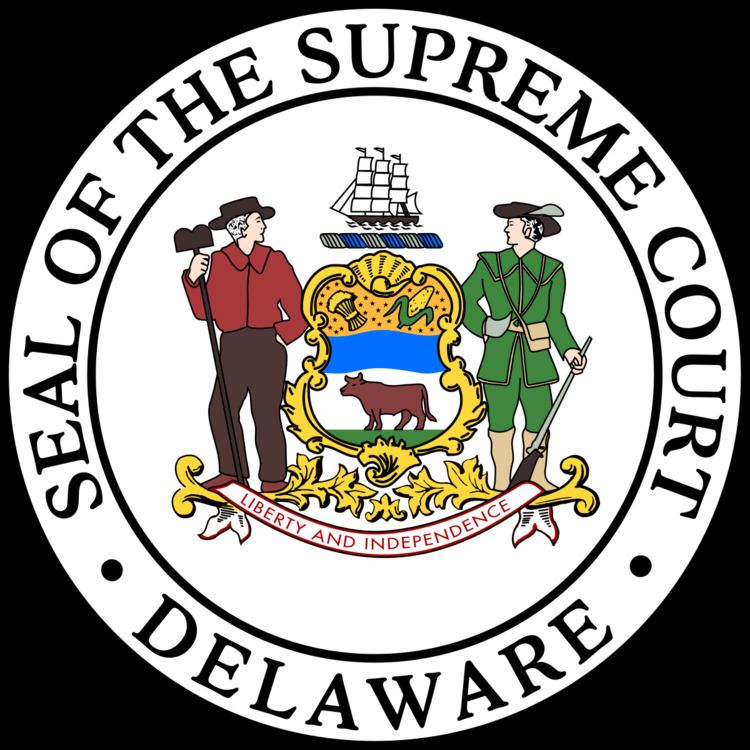Decided February 4, 1994 Ruling court Delaware Supreme Court | End date February 4, 1994 | |
 | ||
Full case name Paramount Communications, Inc., Viacom Inc., Martin S. Davis, Grace J. Fippinger, Irving R. Fischer, Benjamin L. Hooks, Franz J. Lutolf, James A. Pattson, Irwin Schloss, Samuel J. Silberman, Lawrence M. Small, and George Weissman v. QVC Network Inc. (In re Paramount Communications Inc. Shareholders' Litigation) Citation(s) 637 A.2d 34 (Del. 1994) Judge(s) sitting E. Norman Veasey, Chief Justice, Andrew G. T. Moore II & Randy J. Holland, Justices People also search for Paramount Communications, Inc. v. Time Incorporated | ||
In Paramount Communications, Inc. v. QVC Network, Inc., 637 A.2d 34 (Del. 1994), the Delaware Supreme Court clarified the type of transaction that triggers Revlon, Inc. v. MacAndrews & Forbes Holdings, Inc. duties.
Contents
Facts
This case involved a proposed merger between Viacom and Paramount Pictures; as part of the merger agreement, Paramount agreed to an array of defensive measures, including a no-shop provision, $100 million termination fee and a lock-up option on approximately 20% of Paramount’s common stock. However, QVC intervened with its own, facially more generous merger proposal, conditioned on cancellation of the defensive measures. The Paramount board refused to conduct a formal bidding process with QVC on the grounds that it would be inconsistent with its contractual obligations to Viacom.
